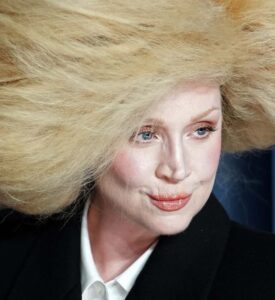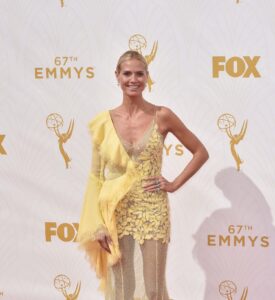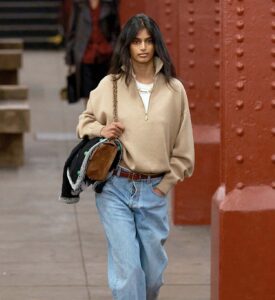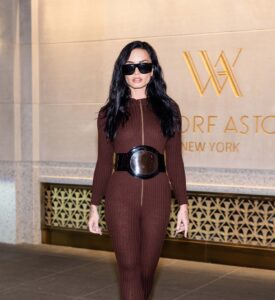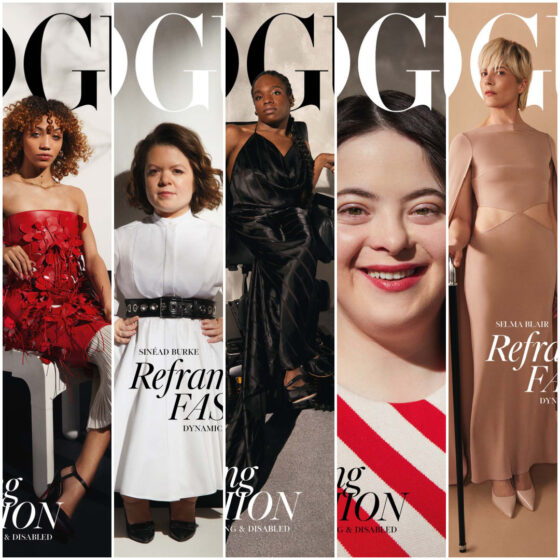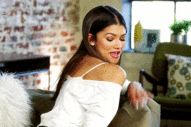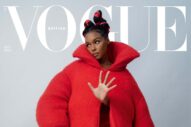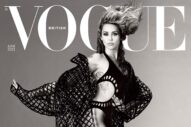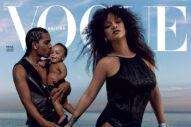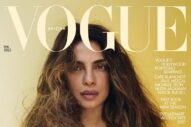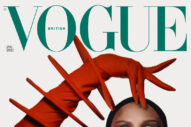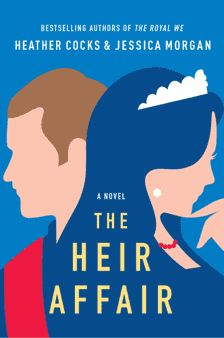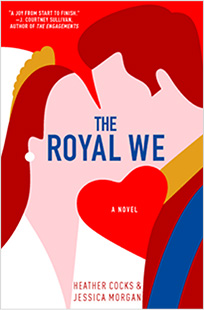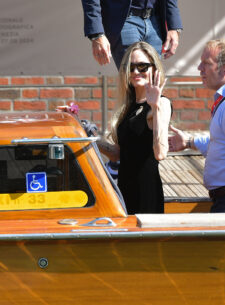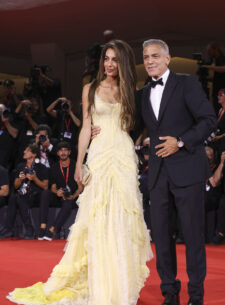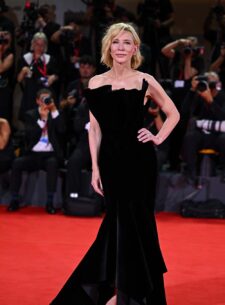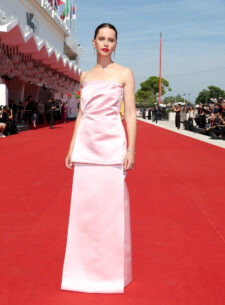British Vogue is so much more adept at trying to push itself than its American counterpart. For the May issue, Edward Enninful worked with activist Sinéad Burke and her accessibility consultancy, Tilting the Lens, on creating an issue that spotlights disability activists. Per Enninful:
Ultimately, these covers and portfolio ask a question: we all engage with fashion, but does fashion engage with all of us? “Dynamic, Daring and Disabled” reads our cover. Dynamism of spirit, of talent, of imagination, is what the stars of this issue have in spades. It is this quality that the industry – and here I include Vogue – must also lean into if it is to better serve the Disabled community, alongside the Disabled community, with jobs, in the design of retail spaces, of photography studios, of digital interfaces, events, communications and, of course, clothes.
With regard to the terminology — I know we’re all looking for ways to update the language we’re using, and make sure we aren’t throwing around outmoded words — it’s my understanding that in GENERAL terms like “Disabled” and “disability” may depend on the preferences of the person you’re talking to (for another example, “autistic” versus “person with autism”), but here I am obviously defaulting to Burke’s leadership and the homework British Vogue did in working with her and the 18 other people it is featuring.
Burke wrote an essay that includes introductions to the cover subjects and models on the inside pages. She begins by remembering the feeling of being in the September 2019 “Forces for Change” issue, and wondering if in subsequent years the changes in the way she experienced the industry were exclusive to HER rather than universal to her community. Burke writes:
Our shared ambition was to create a disability-focused cover story with and for the Disabled community, one made with the understanding it would put in place benchmarks and processes that would be embedded across the company indefinitely. My expectations were high. But as we started reviewing photography studios within London, we learnt that few could commit to step-free access from entrance to set. Even fewer could guarantee accessible changing facilities, communal areas or dining spaces. Exclusion of Disabled people is inevitable when locations are inaccessible like that, so we moulded the studio we picked for our shoot to the needs of the talent – we created quiet rooms, alterable make-up chair options and moveable clothing rails so that styling could come to people.
The press release for the issue adds:
As part of the creation of this issue, British Vogue worked with Tilting the Lens to explore ways the process of making British Vogue could be more accessible. This included a review of facilities at photo studios in London (e.g. lift and ramp access), the inclusion of alt text features on site and social media, and improved audio description in videos. British Vogue will retain these changes for future issues and releases. British Vogue has also worked with the Royal National Institute of Blind People to produce a digital and audio Braille version of the May issue, which will be available on 5 May.
They did indeed provide lengthy alt-text captions for each photo. Hopefully all of this will be a meaningful and lasting step forward.
